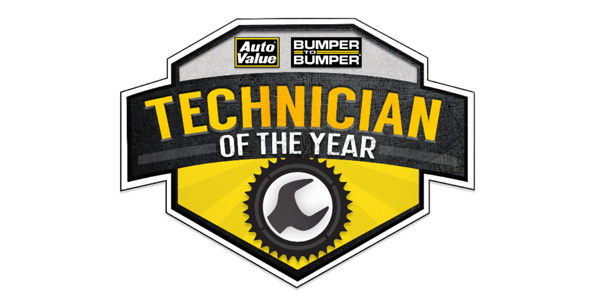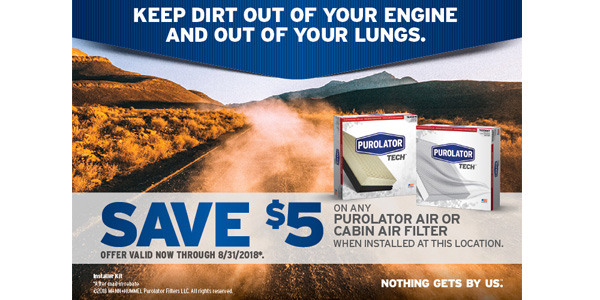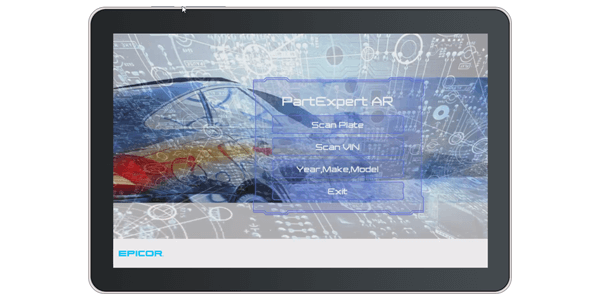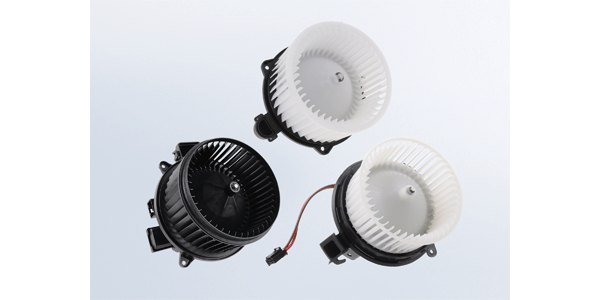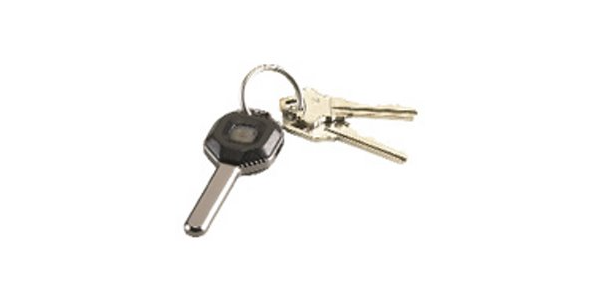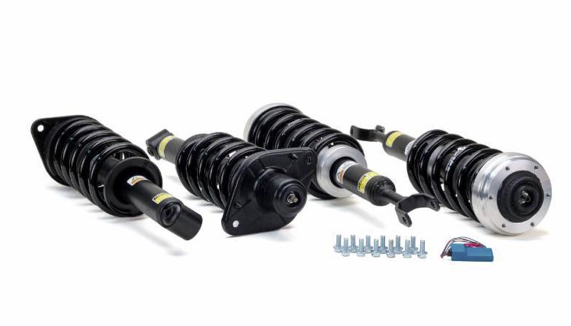Belts are a staple in every automotive parts store. Belts are a wear item, and when they fail your customer needs a replacement NOW. The only trick to selling belts is to make sure your customer gets the correct one for his engine. The replacement belt must be the same type as the original, with the same length and width. Consolidation of part numbers allows a little fudging on belt lengths, but not much. There are three basic types of automotive belts: V-belts (used mostly on 1980s and older vehicles), flat serpentine belts (used on most current vehicles to drive all or most of the engine’s accessories) and OHC timing belts (for overhead camshaft engines).
The V-belts in older vehicles tend to wear at a much faster rate than flat serpentine belts for a couple of reasons. One is that V-belts grip with the sides of the belt. If there is not enough tension on the belt, or the belt or pulleys are worn or oily, the belt will slip, wear even faster and rapidly fail. Belt life is typically 30,000 to 50,000 miles.
With serpentine belts, the belt grips with both the flat top side of the belt and the V-grooved underside. The larger surface area provides more grip to reduce slippage and wear. Original equipment serpentine belts and many quality brand aftermarket belts for late-model applications are made of long-life synthetic materials such as EPDM, which does not crack as it ages. A high-mileage EPDM belt may still look like new, but the grooves on the underside may be worn. Many of these belts can last up to 100,000 miles, but they do not last forever, so they do need to be inspected for wear.
Belt tension is maintained automatically on most serpentine belt applications via a spring-loaded tensioner. The tensioner keeps the belt tight to reduce slippage and wear. But tensioners can weaken, corrode and jam, resulting in belt flutter, slippage and noise. By the time the belt needs to be replaced, chances are the vehicle could also use a new tensioner.
OHC timing belts also wear as the miles add up. On the older applications (1990s and back), the timing belts were not as durable as the belts they use today. Replacement was typically recommended every 60,000 miles to minimize the risk of belt failure. On the newer OHC engines, the recommended replacement interval for the timing belt is usually 100,000 to 125,000 miles.
Timing belt replacement is not something that should be postponed. On “interference” engines with close valve-to-piston clearances, a belt failure can be catastrophic and cause expensive valve damage. So customers should be advised of the wisdom of replacing their OHC timing belt BEFORE it fails!




